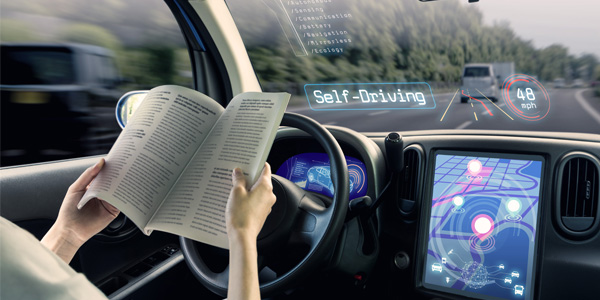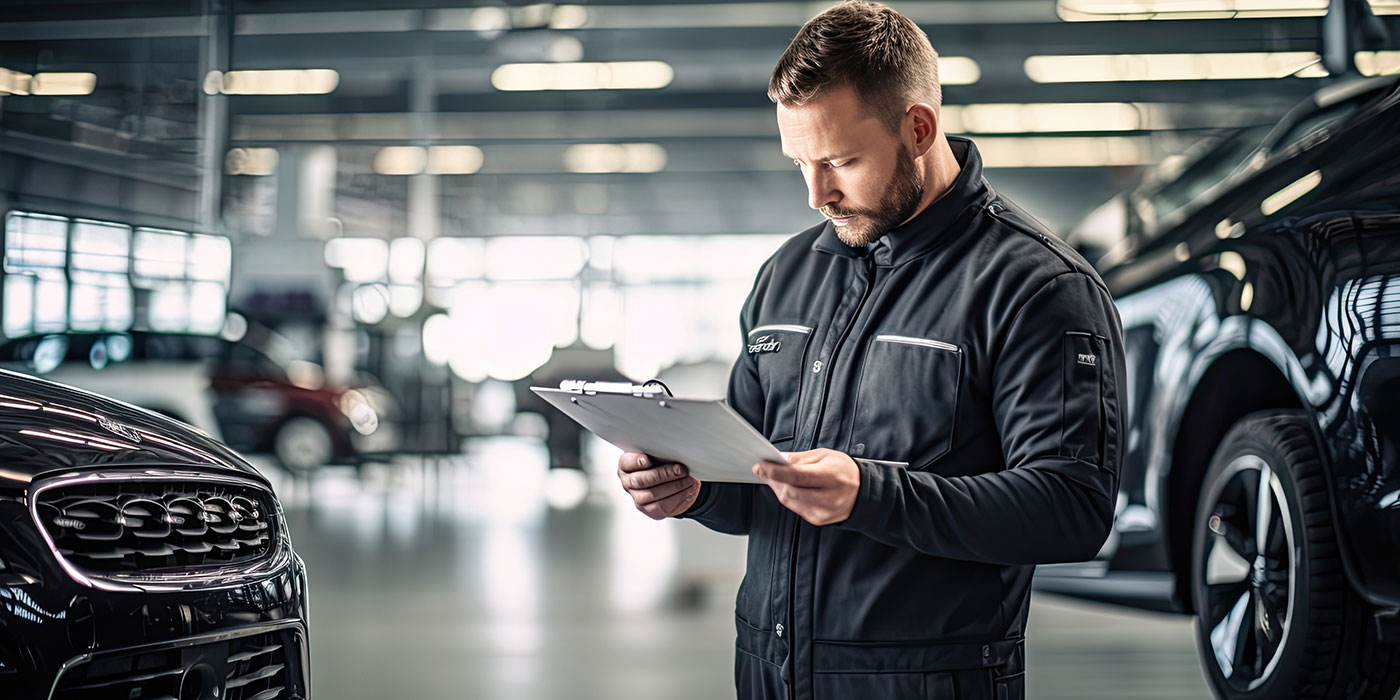If you keep up with current news in the automotive industry, then you know that self-driving technology is a hot topic.
Self-driving technology and fully autonomous vehicles are becoming a reality of the near future mostly due to three influencers: advancements in machine learning, the recent popularity of ride-sharing technology, and advancements in electric vehicles — all combined with investments from companies like Google and Uber.
Experts predict that fully autonomous vehicles will be on the roads as early as 2021. That doesn’t mean consumers will be able to walk into your dealership and ride off in an autonomous vehicle though.
So, What Does it Mean?
Early adopters of this technology are likely to be large companies focused on city transit and freight moving, not individual consumers. For consumers, fully autonomous vehicles will be the future of ride-sharing. In Pittsburgh, you can already hail a self-driving Uber, though the vehicle does have a “safety driver” sitting behind the wheel since the technology is not yet at a level of full automation. According to the Society of Automotive Engineers (SAE) there are five levels of automation:
• Level 0 — No automation: The human driver performs all aspects of the drive.
• Level 1 — Driver assistance: Some driving modes are available, such as cruise control or steering assistance.
• Level 2 — Partial automation: The car can help you drive by steering, accelerating and decelerating; however, the driver cannot take their hands off the wheel, and if there is a problem, the driver must immediately take over.
• Level 3 — Conditional automation: The car is responsible for driving, monitoring the environment and making decisions; however, a human must be ready to take over if the sensors fail.
• Level 4 — High automation: The car can perform all tasks of the drive but may have issues with some roadway or environmental conditions where the human would need to take over.
• Level 5 — Full automation: The car can perform all driving tasks at anytime, anywhere, and in any driving conditions.
Current autonomous vehicle technology is still between Levels 3 and 4. Many advancements will be necessary to achieve a solid Level 4 and then reach Level 5. For example, autonomous vehicles in self-driving mode today may have trouble with unforeseen obstacles, such as severe weather, construction zones, bicyclists, pedestrians, badly maintained roads and more. To reach level 5 automation, self-driving technology must be able to adjust for those obstacles.
However, even with these obstacles to overcome, autonomous technology is on the development fast track and companies will continue to invest since cost predictions for autonomous ride-sharing show high profits for the companies — along with extremely low cost of use for consumers. These predictions paint a picture of cities with 24/7 autonomous ride hailing, once the technology is available, and reduced dependency on the privately owned car.
The Autonomous Future and Your Dealership
Although the impact of autonomous vehicles on the auto industry is inevitable, the exact effect and timing is hard to know. One thing is for certain: Automotive retail will be impacted and the sooner you begin to prepare for changes, the better off your dealership will be. Below are a few tips to begin preparing your dealership for the future of autonomous vehicles”
1. Embrace Autonomous Technology — While fully autonomous vehicles will not be available to purchase at dealerships in the near future, many autonomous features, such as self-parking, lane assist and emergency braking are available in vehicles today — and consumers want them. Make sure that your sales team is trained on this technology and prepared to explain and demonstrate it. It is also critical that you continue to train on new autonomous features as they emerge. As autonomous technology and artificial intelligence (AI) advance, you can expect to see more autonomous features with an ever-increasing level of autonomy in future vehicle models.
2. Make the Consumer’s Life Easier — The sales model in a lot of dealerships is in dire need of change. The retail industry, overall, has moved to a consumer-centric approach and the days of a product-centric sales model are over. Consumers are educated before ever walking into your showroom and they expect an easy, quick and convenient experience. So, incorporate ways to make the process easier for your customers, such as using mobile technology during the sales and F&I experience, knowing how to read the customer as they walk through the door, and always incorporating new technologies into your dealership experience. For example, incorporate online scheduling for test drives and service. Then, utilize text and email communications for immediate confirmation. Or, begin exploring how to incorporate virtual reality at your dealership either for the test drive or to allow consumers to “sit” in a custom vehicle before they place their order. Your dealership should always be moving forward and incorporating more technology. Consumers will expect it.
3. Increase Your Focus on Used Cars — Autonomous vehicles are expected to have the biggest impact on new cars once cities fully adopt autonomous public transportation. However, a lot of people will hold out because they take pleasure in driving, they don’t trust being driven around by a self-driving car and/or they live in a more rural area and will still need their own vehicle. Vehicles with Level 3 and 4 automation features are expected to become very popular for the used car sector. In addition, used cars will allow owners to upgrade to vehicles with even better technology faster as it becomes available.
4. Focus on Custom “Pleasure Vehicles” and Motor Sports — When full vehicle automation becomes the norm and many consumers no longer need to own a car, the demand for custom vehicles and motor sports vehicles will endure. Why? Well, what’s the fun in a self-driving motorcycle, boat or jet ski? So, start focusing on custom and motor sports vehicles. And, consider creating a service department that is known for customizations for vehicle enthusiasts who will likely still collect non-autonomous vehicles.
Although the future of autonomous vehicles seems like it’s light years away, it will be here before we know it. Dealerships need to start preparing now. Make sure you have an efficient, time-tested process to provide the best customer experience and keep them coming back for years to come.
Bryce Veon













